
VST.Epub.contentReady(window, document); VST.cfiBase='/4';
Introductory Circuit Analysis
Thirteenth Edition
Robert L. Boylestad

BostonColumbusIndianapolisNew YorkSan Francisco HobokenAmsterdamCape TownDubaiLondonMadridMilan MunichParisMontralTorontoDelhiMexico CitySo Paulo SydneyHong KongSeoulSingaporeTaipeiTokyo
VST.Epub.contentReady(window, document); VST.cfiBase='/4';
Editor-in-Chief: Andrew Gilfillan
Program Manager: Holly Shufeldt
Project Manager: Rex Davidson
Editorial Assistant: Nancy Kesterson
Team Lead Project Manager: JoEllen Gohr
Team Lead Program Manager: Laura Weaver
Director of Marketing: David Gesell
Marketing Manager: Darcy Betts
Procurement Specialist: Deidra M. Skahill
Media Project Manager: Noelle Chun
Media Project Coordinator: April Cleland
Creative Director: Andrea Nix
Art Director: Diane Y. Ernsberger
Cover Designer: Cenveo
Full-Service Project Management: Sherrill Redd, iEnergizer Aptara, Ltd.
Composition: iEnergizer Apatara, Ltd.
Printer: Courier Kendallville
Cover Printer: Lehigh-Phoenix
Text Font: Times LT Std
The cover design was painted by Norwegian artist Sigmund rseth, recognized as one of the first to bring a traditional folk art called Rosemaling to the United States. His work has been exhibited throughout the Scandinavian countries and Europe and is a centerpiece for Norwegian art at the Vesterheim Norwegian-American Museum in Decorah, Iowa.
Unless otherwise indicated herein, any third-party trademarks that may appear in this work are the property of their respective owners and any references to third-party trademarks, logos or other trade dress are for demonstrative or descriptive purposes only. Such references are not intended to imply any sponsorship, endorsement, authorization, or promotion of Pearsons products by the owners of such marks, or any relationship between the owner and Pearson Education, Inc. or its affiliates, authors, licensees or distributors.
Copyright 2016 by Pearson Education, Inc. or its affiliates. All Rights Reserved. Printed in the United States of America. This publication is protected by copyright, and permission should be obtained from the publisher prior to any prohibited reproduction, storage in a retrieval system, or transmission in any form or by any means, electronic, mechanical, photocopying, recording, or otherwise. For information regarding permissions, request forms and the appropriate contacts within the Pearson Education Global Rights & Permissions department, please visit www.pearsoned.com/permissions/.
Library of Congress Cataloging-in-Publication Data
Boylestad, Robert L.
Introductory circuit analysis/Robert L. Boylestad. Thirteenth edition.
pages cm
ISBN 978-0-13-392360-5 ISBN 0-13-392360-6
1.Electric circuitsTextbooks.2.Electric circuit analysisData processingTextbooks.I.Title.
TK454.B68 2015
621.3192dc23
2014044465
10987654321

ISBN 13: 978-0-13-392360-5
ISBN 10:0-13-392360-6
VST.Epub.contentReady(window, document); VST.cfiBase='/4';
Preface
Looking back over the past twelve editions of the text, it is interesting to find that the average time period between editions is about 3.5 years. This thirteenth edition, however, will have 5 years between copyright dates clearly indicating a need to update and carefully review the content. Since the last edition, tabs have been placed on pages that need reflection, updating, or expansion. The result is that my copy of the text looks more like a dust mop than a text on technical material. The benefits of such an approach become immediately obviousno need to look for areas that need attentionthey are well-defined. In total, I have an opportunity to concentrate on being creative rather than searching for areas to improve. A simple rereading of material that I have not reviewed for a few years will often identify presentations that need to be improved. Something I felt was in its best form a few years ago can often benefit from rewriting, expansion, or possible reduction. Such opportunities must be balanced against the current scope of the text, which clearly has reached a maximum both in size and weight. Any additional material requires a reduction in content in other areas, so the process can often be a difficult one. However, I am pleased to reveal that the page count has expanded only slightly although an important array of new material has been added.
New to this edition
In this new edition some of the updated areas include the improved efficiency level of solar panels, the growing use of fuel cells in applications including the home, automobile, and a variety of portable systems, the introduction of smart meters throughout the residential and industrial world, the use of lumens to define lighting needs, the growing use of LEDs versus fluorescent CFLs and incandescent lamps, the growing use of inverters and converters in every phase of our everyday lives, and a variety of charts, graphs, and tables. There are some 300 new art pieces in the text, 27 new photographs, and well over 100 inserts of new material throughout the text.
Perhaps the most notable change in this edition is the removal of should be broken up into two chapters with similar titles to those of the dc portion of the text. The result is a much improved coverage of important concepts in each chapter in addition to an increased number of examples and problems. In addition, the computer coverage of each chapter is expanded to include additional procedures and sample printouts.
There is always room for improvement in the problem sections. Throughout this new edition, over 200 problems were revised, improved, or added to the selection. As in previous editions, each section of the text has a corresponding section of problems at the end of each chapter that progress from the simple to the more complex. The most difficult problems are indicated with an asterisk. In an appendix the solutions to odd-numbered selected exercises are provided. For confirmation of solutions to the even-numbered exercises, it is suggested that the reader consider attacking the problem from a different direction, confer with an associate to compare solutions, or ask for confirmation from a faculty member who has the solutions manual for the text. For this edition, a number of lengthy problems are broken up into separate parts to create a step approach to the problem and guide the student toward a solution.
As indicated earlier, over 100 inserts of revised or new material are introduced throughout the text. Examples of typical inserts include a discussion of artificial intelligence, analog versus digital meters, effect of radial distance on Coulombs law, recent applications of superconductors, maximum voltage ratings of resistors, the growing use of LEDs, lumens versus wattage in selecting luminescent products, ratio levels for voltage and current division, impact of the ground connection on voltage levels, expanded coverage of shorts and open circuits, concept of 0+ and 0 total revision of derivatives and their impact on specific quantities, the effect of multiple sources on the application of network theorems and methods, networks with both dc and ac sources, T and Pi filters, Fourier transforms, and a variety of other areas that needed to be improved or updated.
Next page
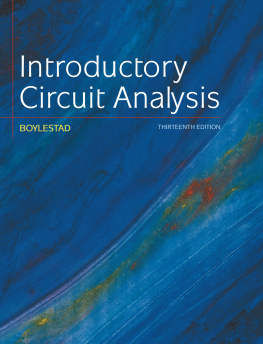
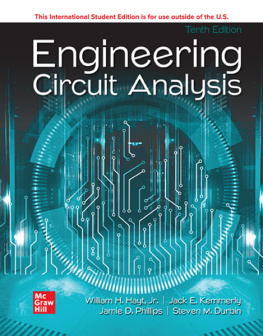
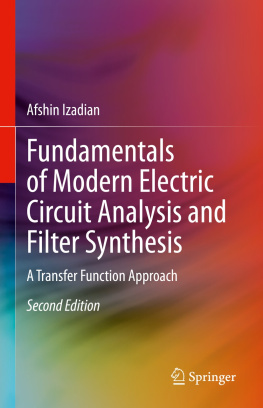

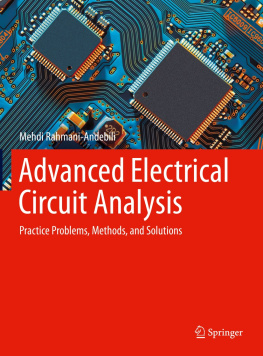
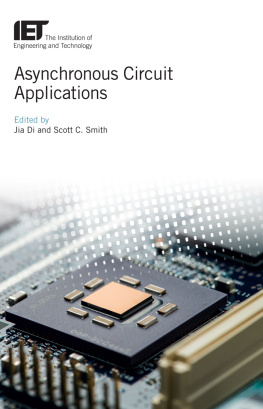



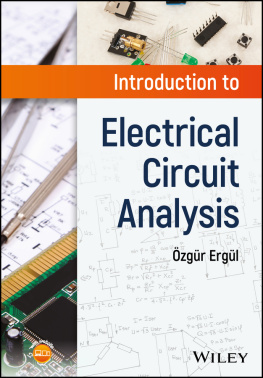
 VST.Epub.contentReady(window, document); VST.cfiBase='/4';
VST.Epub.contentReady(window, document); VST.cfiBase='/4'; 